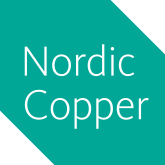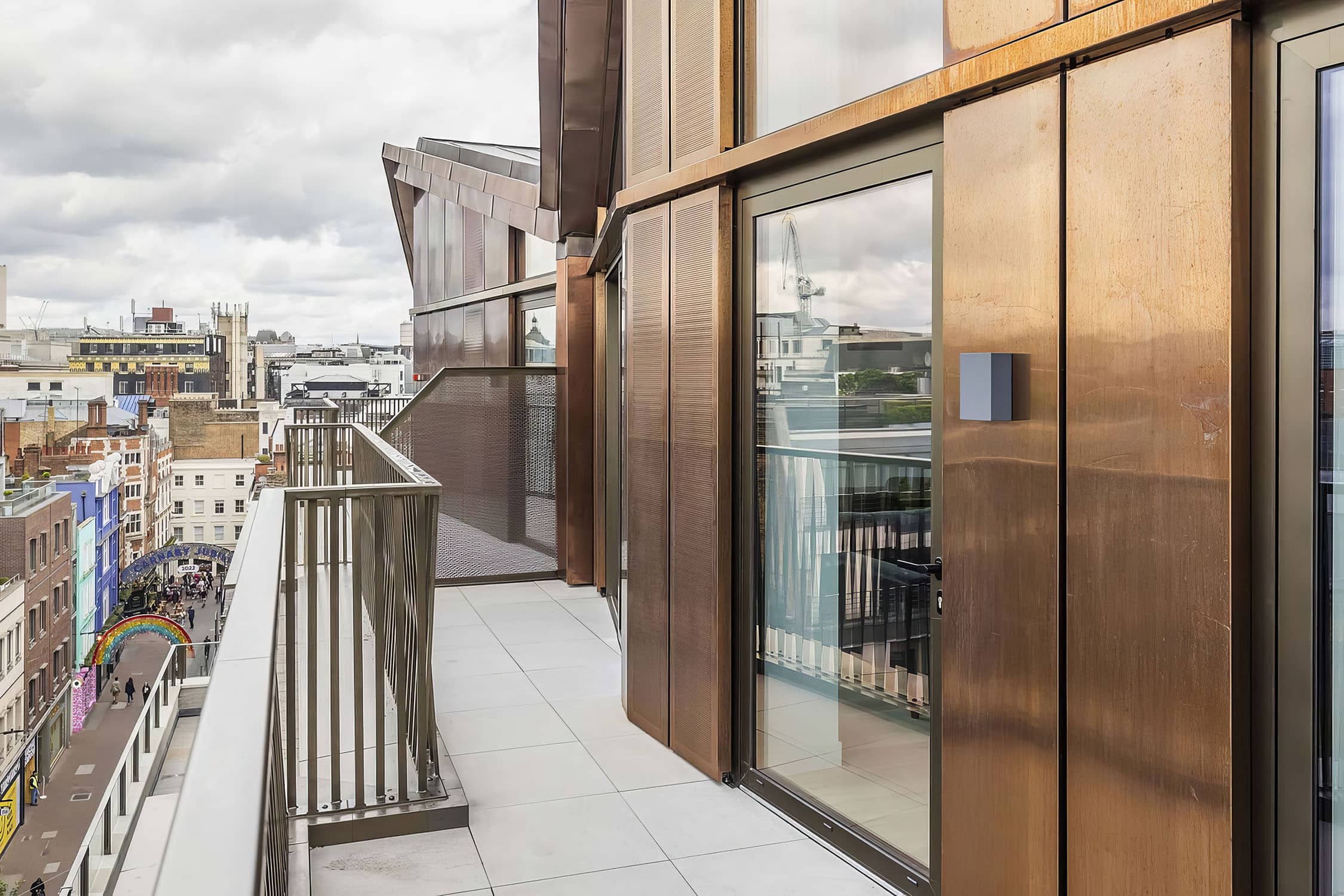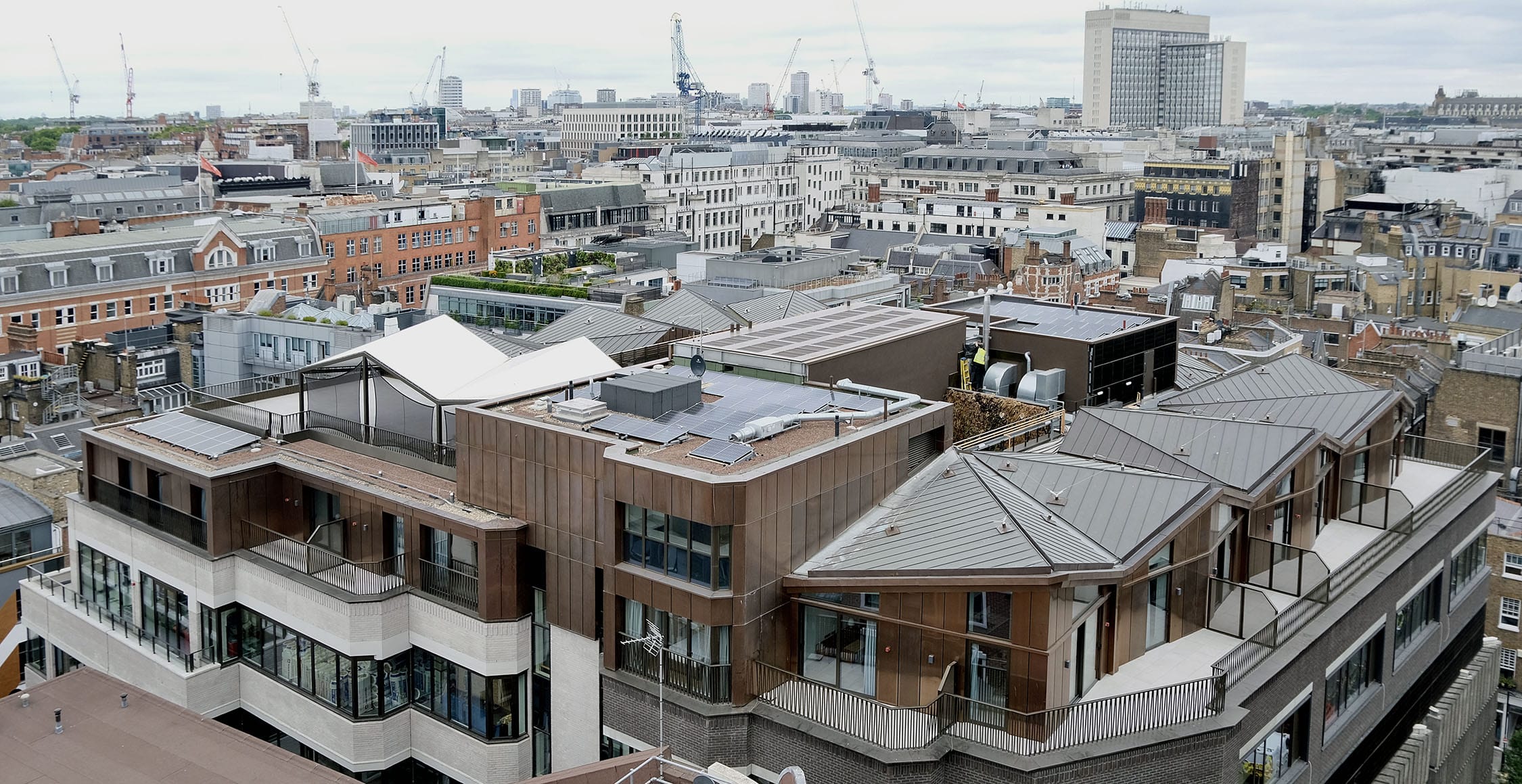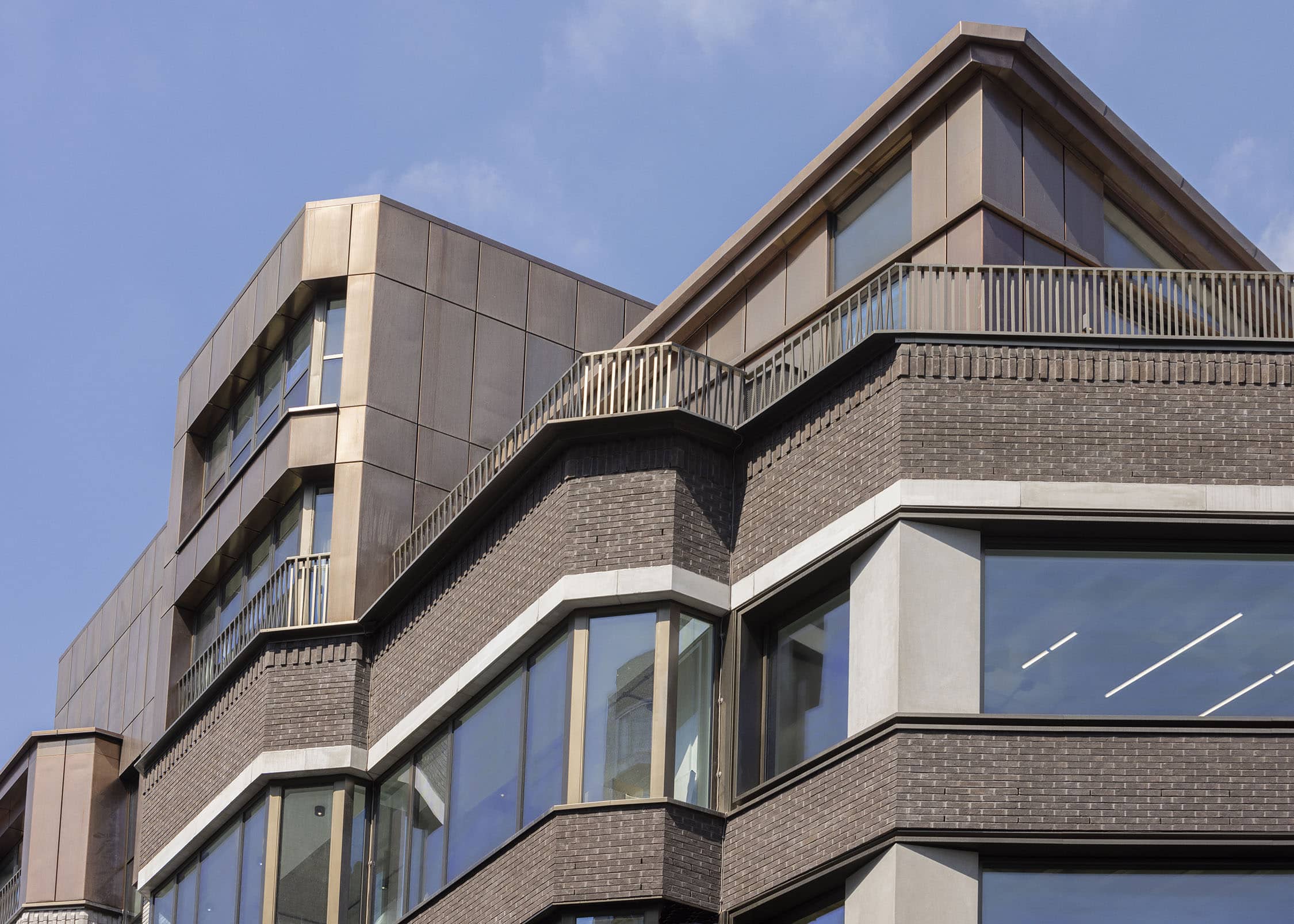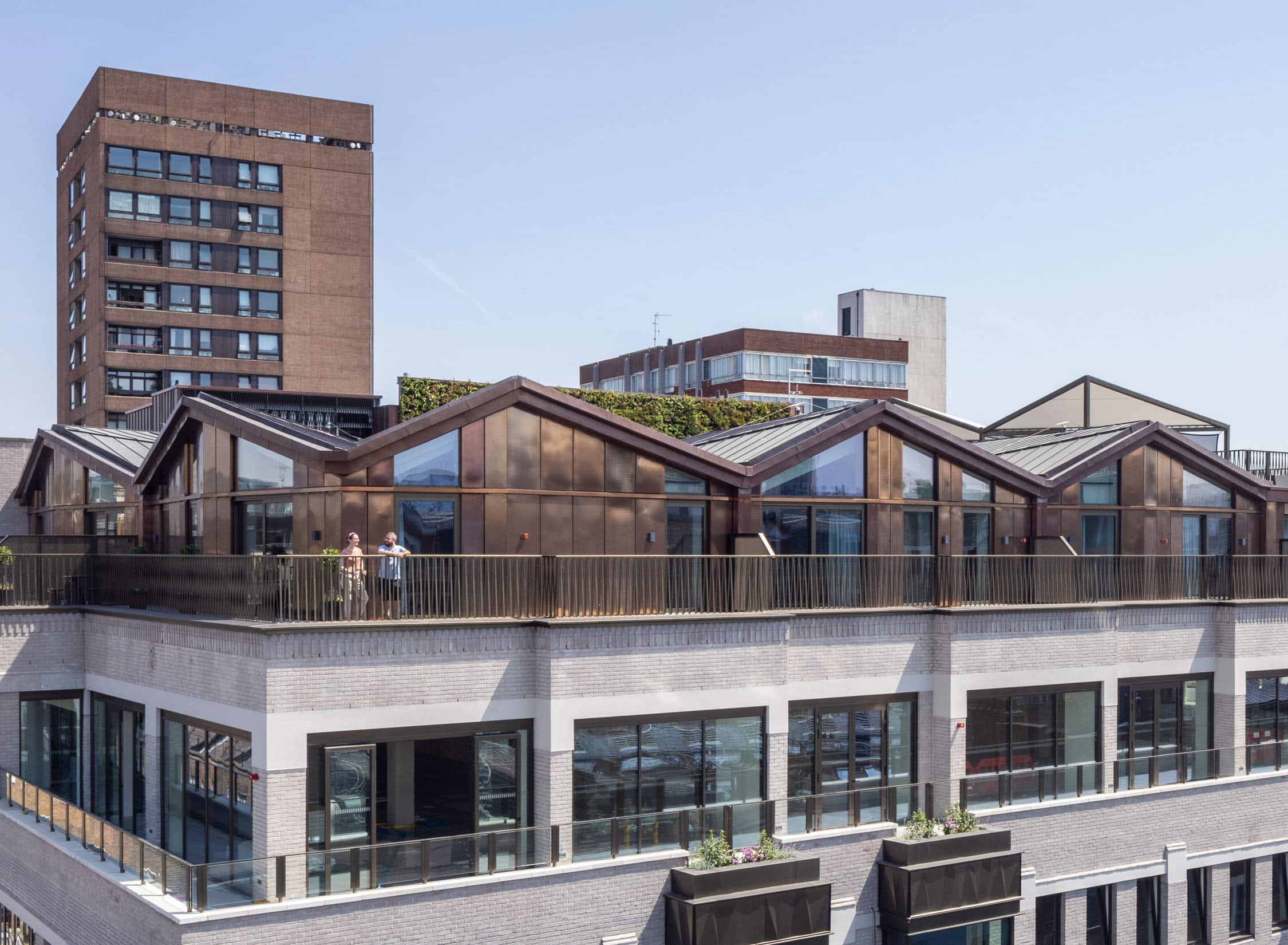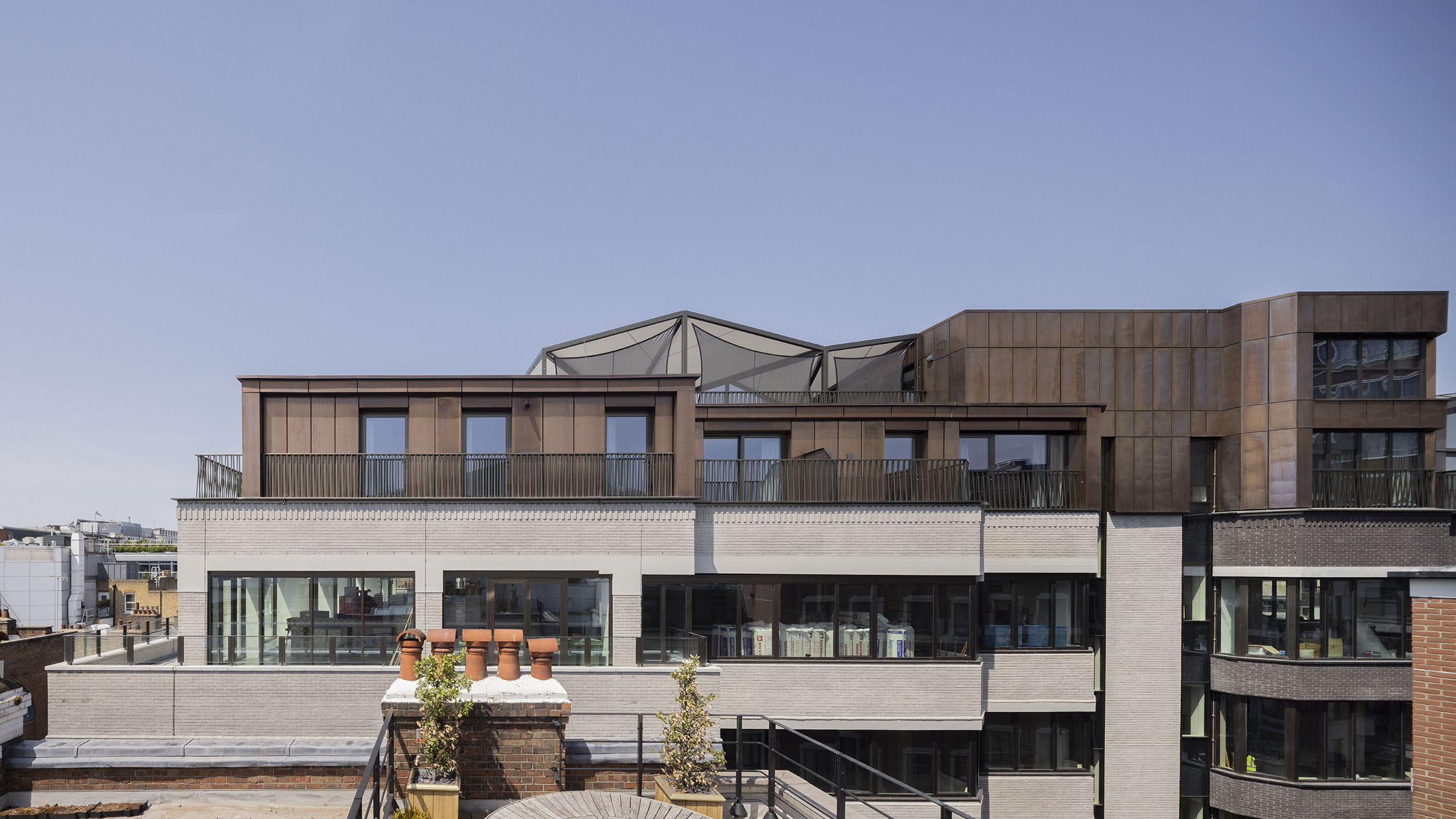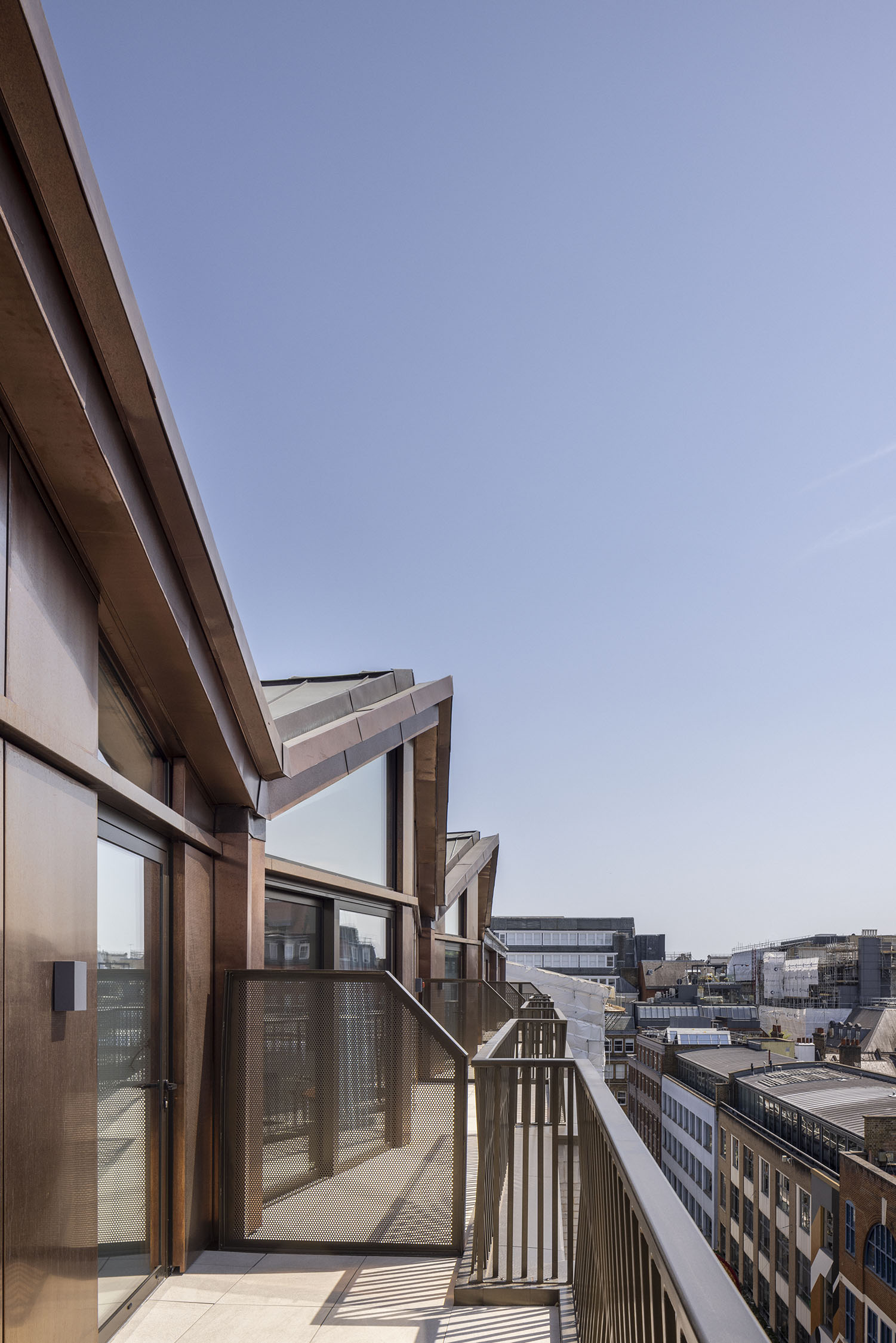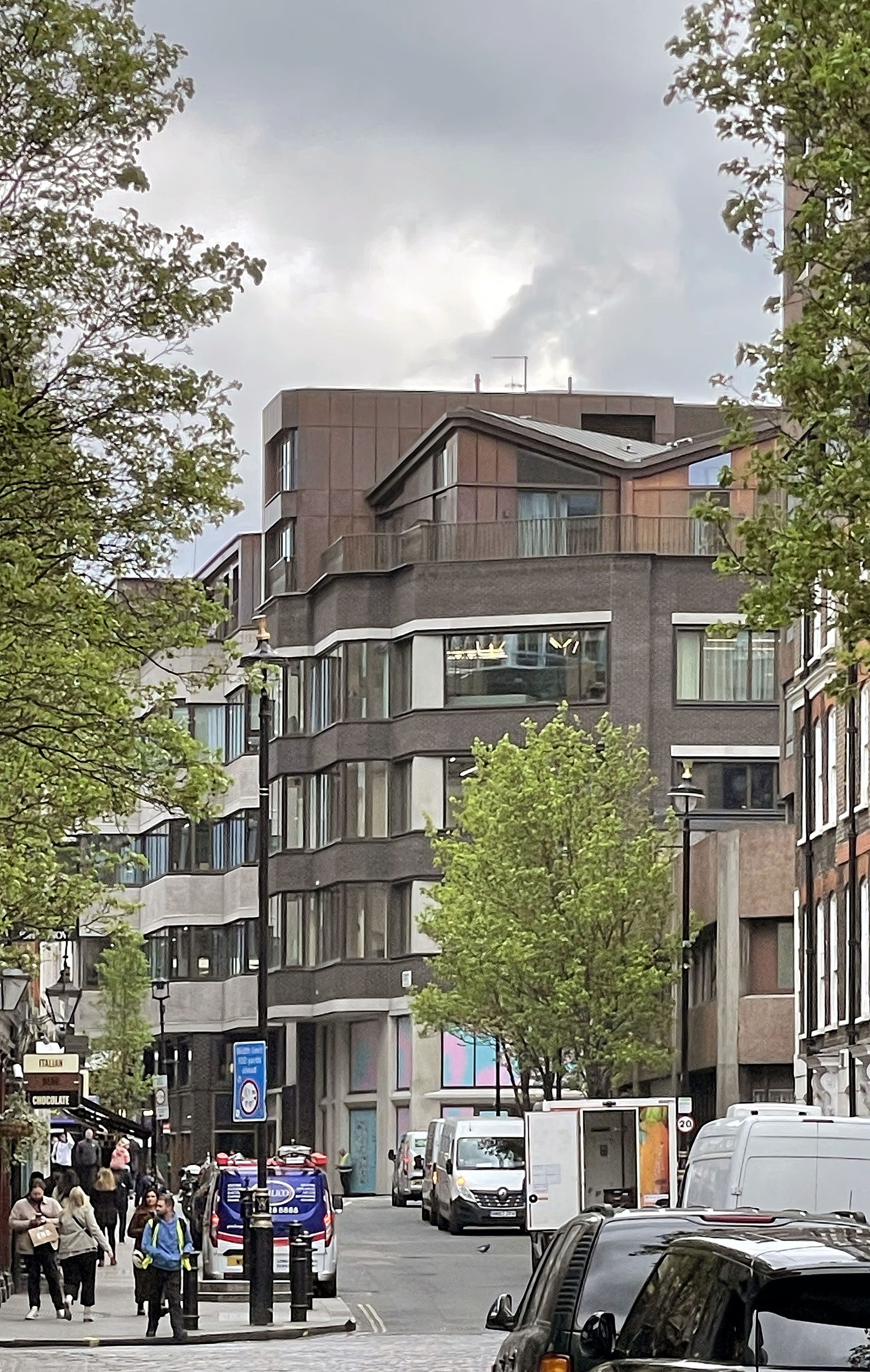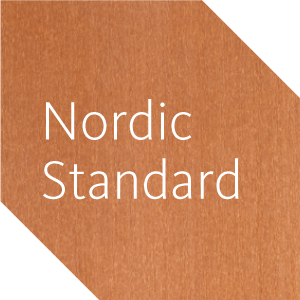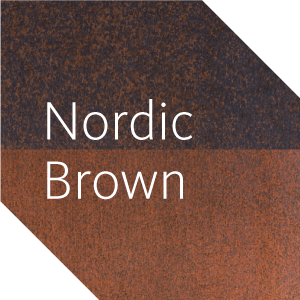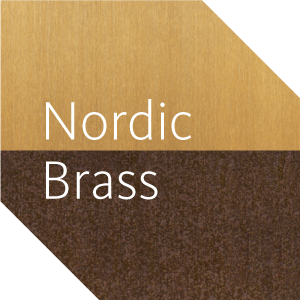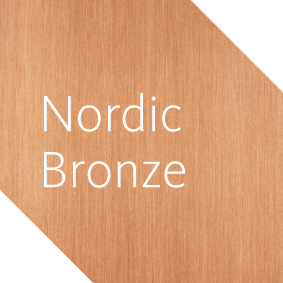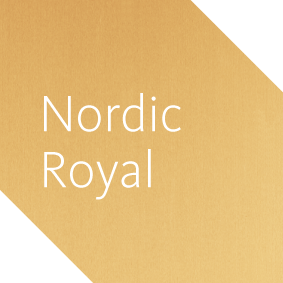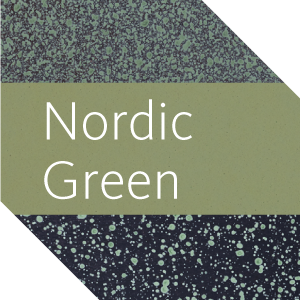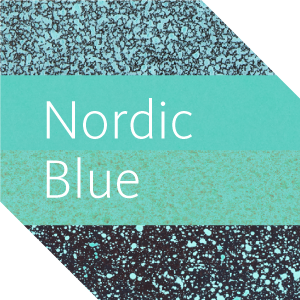Adaptive reuse of existing buildings is an essential strategy to reduce embodied carbon, while regenerating our urban environments. An exemplar of this approach – 72 Broadwick Street – is crowned by a profiled roofscape clad in Nordic Brown Light copper from Aurubis.
Set within the Soho Conservation Area, 72 Broadwick Street is a half-acre island site fronting London’s iconic Carnaby Street. Originally built in the 1970s as a ‘brutalist’ concrete, seven-storey headquarters building, its recent extensive mixed-use redevelopment now provides a range of uses including offices, restaurants, a gym, retail and residential units. Designed by architects Buckley Gray Yeoman (BGY) for developer Shaftesbury Carnaby, the regeneration project demonstrates how a diverse range of uses can be accommodated within one urban block in the heart of London.
72 Broadwick Street was recognised as the ‘Best Mixed-Use Scheme’ by the 2023 Building London Planning Awards. As well as requiring major structural alterations and remodelling, the project also presented various challenges for architects BGY, planning consultant Rolfe Judd and main contractor Blenheim House Construction. They included working around the West End’s largest electrical substation, keeping existing ground floor units operational and minimising impact upon a major retail destination. The building’s exterior has been transformed with new fenestration throughout, new feature brickwork and existing brickwork treated to give the complete development a contemporary feel.
Lightweight Copper Additions
The original fifth and sixth storeys were demolished and replaced with extensive, lightweight rooftop additions wrapped in an external skin of Nordic Brown Light copper, creating residential apartments around a central courtyard. Eleven of the fifteen apartments have distinctive pitched roofs that rise and fall to create a dynamic roof profile. Ben Oram, BGY’s Head of Technical, said: “In one of inner London’s densest districts, the profiled roofscape of this re-purposed urban block helps to embed it among the varied age, materiality and massing of its neighbours.” Conceived as the ‘crown’ of the building, the copper roof eaves sit above terraces enjoying panoramic views across Soho, with their deep overhang contributing to solar shading.
Copper is also used extensively for vertical cladding in the form of cassette panels, some perforated to provide ventilation. Rachael Owens, BGY’s Head of Sustainability, explained: “Copper cladding was chosen due to its lightweight nature, as the structure at the top of the building needed to be as light as possible to prevent the need to strengthen the existing structure below. When compared with alternative metal cladding products, the copper could be specified with a reduced thickness, due to its strength, which reduced overall material use and embodied carbon emissions”.
Reduced Structural Demands
The Nordic Brown Light roofing and cladding, supplied by Aurubis stockist Metra Non Ferrous Metals and carefully installed and crafted by Roles Broderick, defines the regeneration of this landmark building. Nordic Brown copper is pre-oxidised in the Aurubis factory to provide straightaway the same oxidised surface that develops naturally over time externally. The lighter or darker shades of brown – determined by the thickness of the oxide layer – will continue to change in the environment and Nordic Brown Light gradually develops a stable dark chocolate brown colour.
Copper has unique architectural qualities defined by its natural oxidisation and patination, forming an integral part of the copper, which cannot be replicated successfully using other materials with surface coatings. But there is more to architectural copper than meets the eye in terms of performance, adaptability and sustainability. As a lightweight and flexible covering, copper is ideal for rooftop additions to existing buildings with reduced structural support demands resulting in lower carbon and ‘whole of life’ costs. And with an ‘A1 (non-combustible material)’ fire classification to EN 13501-1, copper is suitable for cladding taller buildings, using appropriate constructions.
Copper is also fully recyclable utilising long-established practices – 97% of copper in construction comes from recycling. With an unrivalled lifespan due to its integral protective patination, it requires no maintenance or decoration and, of course, retains a high scrap value at eventual demolition ensuring optimal recycling.


